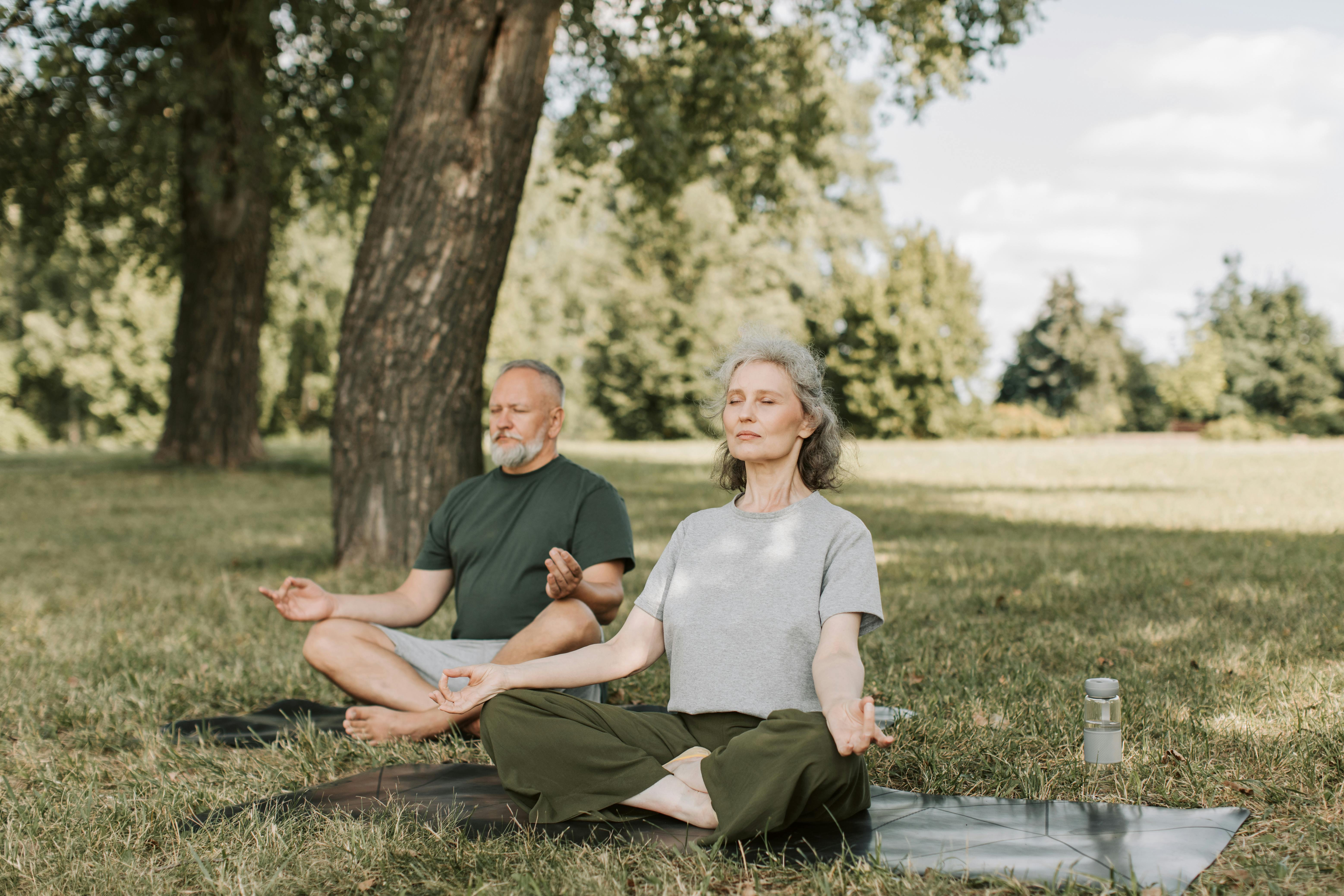Unlocking the Potentials of Breathwork for Health and Wellness
In our busy lives, we often overlook the simplest things, those that are literally right under our noses. One such thing is our breath. Just as food and water are vital for our survival, so is our breath. However, breathwork, the conscious control of breathing, isn't just a survival mechanism; it is a powerful tool that can enhance our physical, mental, and emotional wellbeing.

Breathwork has been practiced in various forms across different cultures for thousands of years. Its history is rooted in ancient yoga traditions, where it is known as “pranayama,” and it’s also a significant part of many Buddhist and Taoist practices. Over the past few decades, modern science has started to recognize its potential for health and wellness.
Historical Context and Scientific Developments
Breathwork, as we know it today, is a fusion of these age-old practices with more recent developments in psychology and neuroscience. It emerged in the mid-20th century, around the same time as the human potential movement, which emphasized the capacity of the individual for growth and self-improvement.
Dr. Stanislav Grof, a psychiatrist, and his wife Christina, a yoga teacher, were among the pioneers of breathwork in the western world. They developed a technique known as Holotropic Breathwork, which uses rapid, deep breathing to induce altered states of consciousness.
In recent years, the scientific community has shown a growing interest in breathwork. Research has shown that it can reduce stress, improve mental health, and even enhance physical performance. A 2018 study published in the Journal of Clinical Psychology found that breathwork could significantly reduce symptoms of depression and anxiety.
Current Trends and Insights
Today, breathwork is gaining popularity as a holistic wellness practice. Wellness coaches, yoga teachers, and even corporate professionals are incorporating it into their routines and teaching others about its benefits.
Breathwork is also being used in conjunction with other wellness practices like mindfulness and meditation. Apps such as Headspace and Calm offer guided breathing exercises as part of their mindfulness programs.
The Practice and Its Benefits
So, how does breathwork enhance health and wellness? It’s all about harnessing the power of the breath to alter your physical and mental state.
When you engage in breathwork, you take control of your breath, changing its depth, rhythm, and pace. This can stimulate the body’s relaxation response, reducing stress, and calming the mind. It can also stimulate the body’s energy, improving focus and clarity.
Additionally, breathwork can have profound emotional benefits. Some techniques can help release suppressed emotions and promote emotional healing.
The Challenges and Scientific Credibility
While breathwork has many benefits, it’s not without challenges. Some people may find it difficult to focus on their breath, especially in the beginning. It might also bring up strong emotions that can be overwhelming.
However, as mentioned earlier, scientific research supports the benefits of breathwork. While more research is needed, existing studies suggest that it is a credible and effective wellness practice.
Breathwork in Practice
- Start with just a few minutes a day. You can gradually increase the duration as you get more comfortable with the practice.
- Try different techniques. There are many forms of breathwork, from the calming “4-7-8” technique to more energetic practices like “Breath of Fire.”
- Use guided exercises. If you’re new to breathwork, guided exercises can be a great way to start.
- Be patient with yourself. Breathwork is a practice, and it may take time to see its full benefits.
In conclusion, breathwork is a powerful tool for health and wellness. It’s a practice that’s grounded in ancient traditions, yet it’s surprisingly relevant to our modern lives. Whether you’re looking to reduce stress, improve your mental health, or simply take a moment to connect with yourself, breathwork has something to offer. Remember, the power of breath is literally at your fingertips – or rather, under your nose. So why not give it a try?




